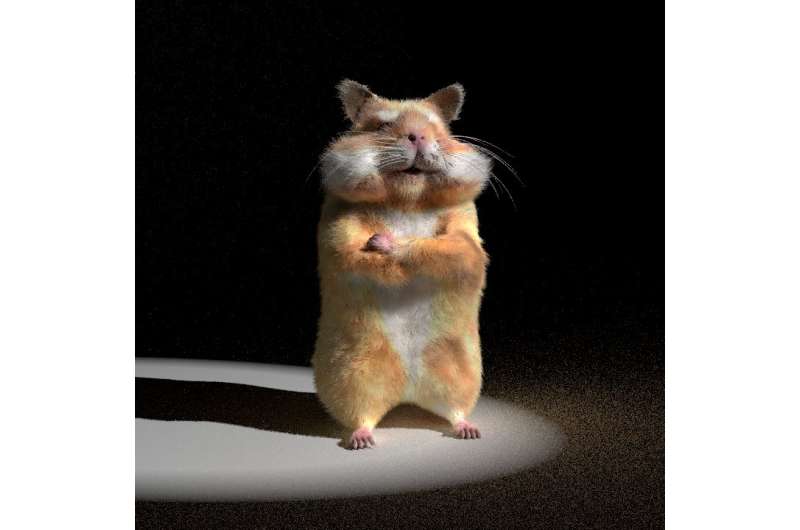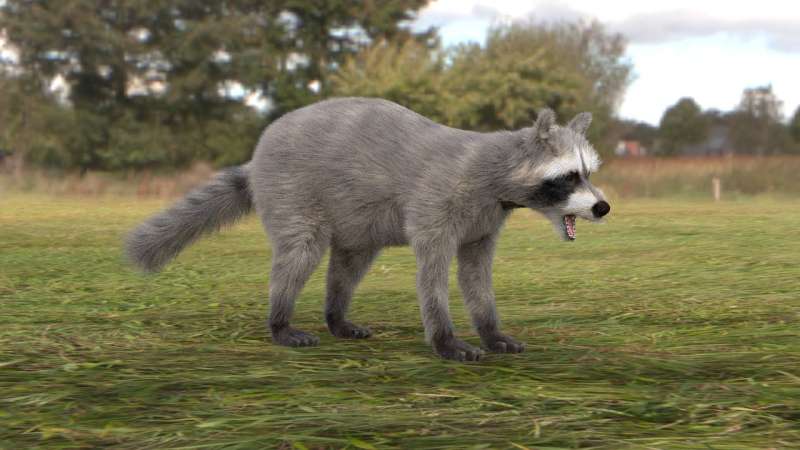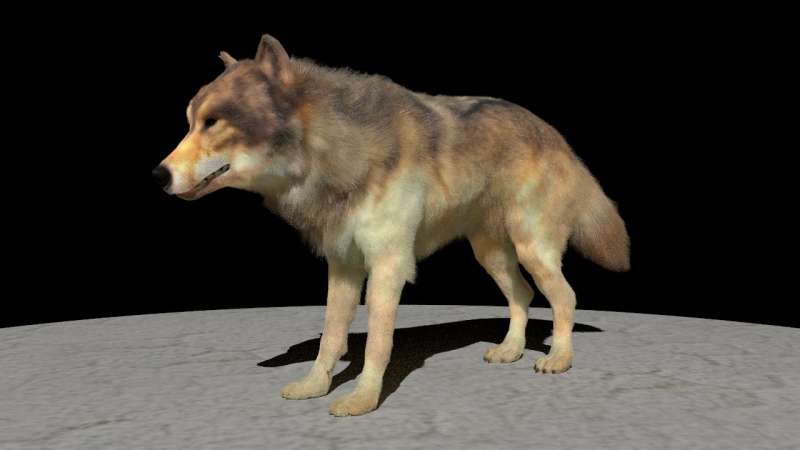Scientists improve computer rendering of animal fur

The next computer-generated animals in King Kong or The Lion King could look a lot more realistic thanks to a breakthrough by computer scientists at the University of California.
The researchers from UC San Diego and UC Berkeley developed a method that dramatically improves the way computers simulate fur, and more specifically, the way light bounces within an animal's pelt.
The team recently presented their findings at the SIGGRAPH Asia conference in Thailand.
"Our model generates much more accurate simulations and is 10 times faster than the state of the art," said Ravi Ramamoorthi, one of the paper's senior authors and the director of the Center for Visual Computing at UC San Diego.
The method could be applied to everything from video games, to computer-generated special effects, to computer-animated movies.
One issue with existing models is that they were designed to create computer-generated hair, and do not work well for fur. That's because most of these models don't take into account the central cylinder, or medulla, present in each fur fiber. The medulla in fur is much bigger than in human hair and the passage of light and its scattering through that cylinder is very important to fur appearance. So far, most researchers have ignored the medulla and built models that follow a ray of light as it bounces from one fur fiber to the next. As a result, existing models require a tremendous amount of computation and are both expensive and slow.
By contrast, the UC San Diego and UC Berkeley researchers used a concept called subsurface scattering to quickly approximate how light bounces around fur fibers. Essentially, subsurface scattering describes how light enters the surface of a translucent object, like hair or fur, at one point; scatters at various angles; interacts with the object's material; and then exits the object at a different point. This concept is well understood and often used in simulations in the fields of computer graphics and computer vision.
In real life, you can observe subsurface scattering by turning on your smart phone's flashlight and covering it with your finger in a room where the lights have been dimmed. You will see a ring of light, because the light has entered through your finger, scattered inside and then gone back out. (The light is red because it is not absorbed by the body, unlike green and blue light.)

To apply the properties of subsurface scattering to fur fibers, researchers used a neural network.
"We are converting the properties of subsurface scattering to fur fibers," said Ph.D. student Ling-Qi Yan, from UC Berkeley, who worked on the study under the direction of UC San Diego computer science professors Ravi Ramamoorthi and Henrik Wann Jensen. "There is no explicit physical or mathematical way to make this conversion. So we needed to use a neural network to connect these two different worlds."
The neural network only needed to be trained with one scene before being able to apply subsurface scattering to all the different scenes it was presented. This resulted in simulations running 10 times faster than state of the art.

The resulting algorithm works as well for fur as it does for hair. Indeed, the appearance of human hair rendered with the new method is more realistic.
Next steps include using the method for real-time fur and hair rendering.
More information: Ling-Qi Yan et al. A BSSRDF model for efficient rendering of fur with global illumination, ACM Transactions on Graphics (2017). DOI: 10.1145/3130800.3130802





















